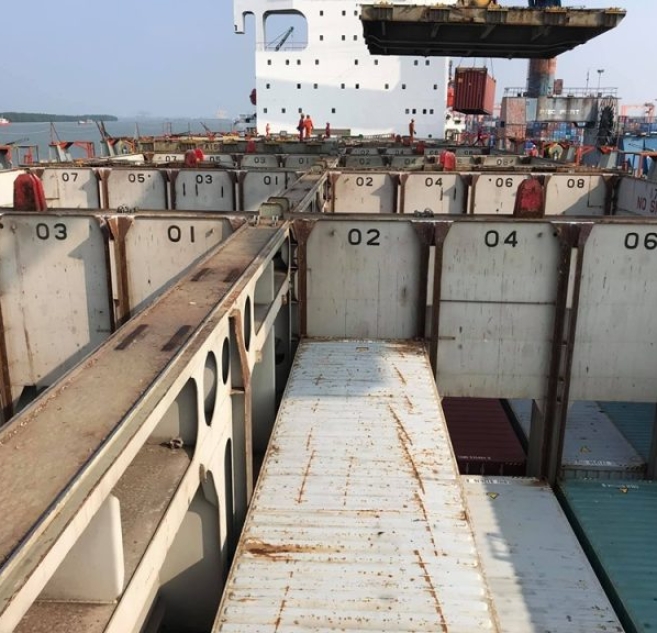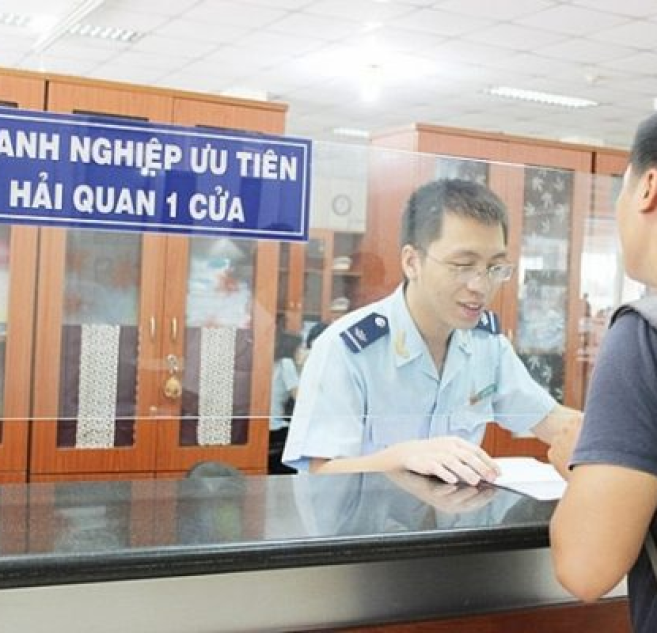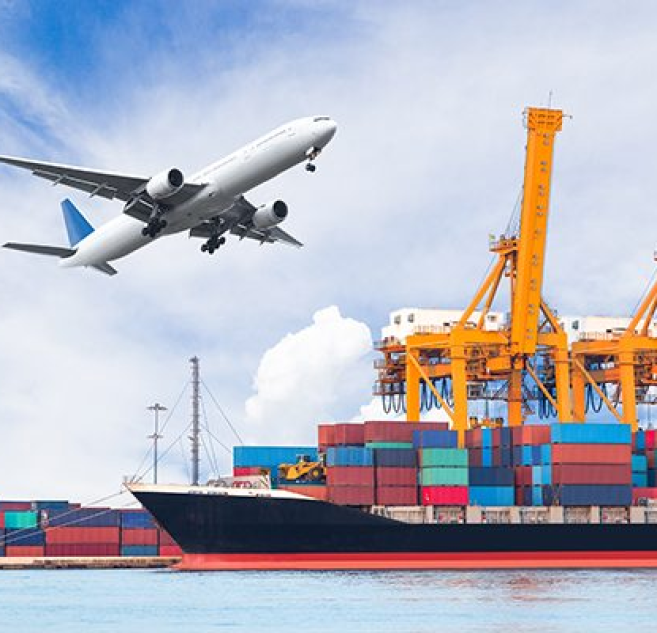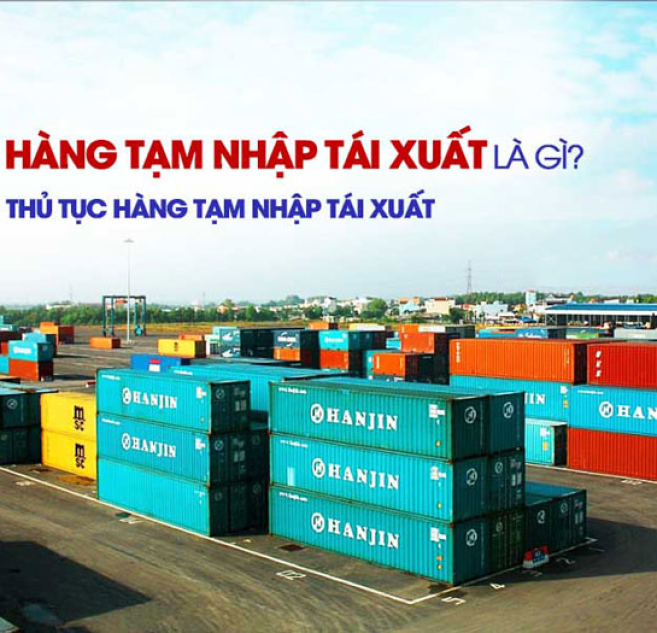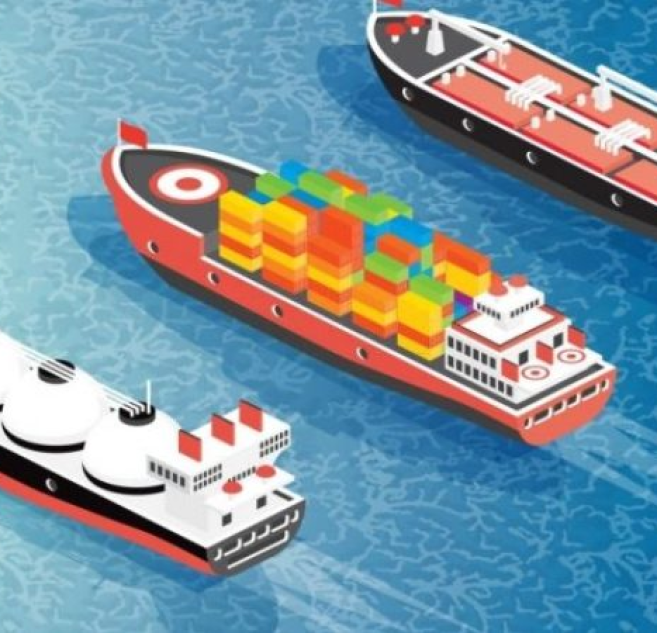Currently, Vietnam is among the top 15 countries with the highest agricultural export value worldwide. At the same time, the government has implemented numerous policies to support businesses in this sector. This demonstrates the vast growth potential of the agricultural industry. If your business aims to participate in the global value chain but faces challenges with agricultural export procedures, this article will guide you through the necessary steps in detail.
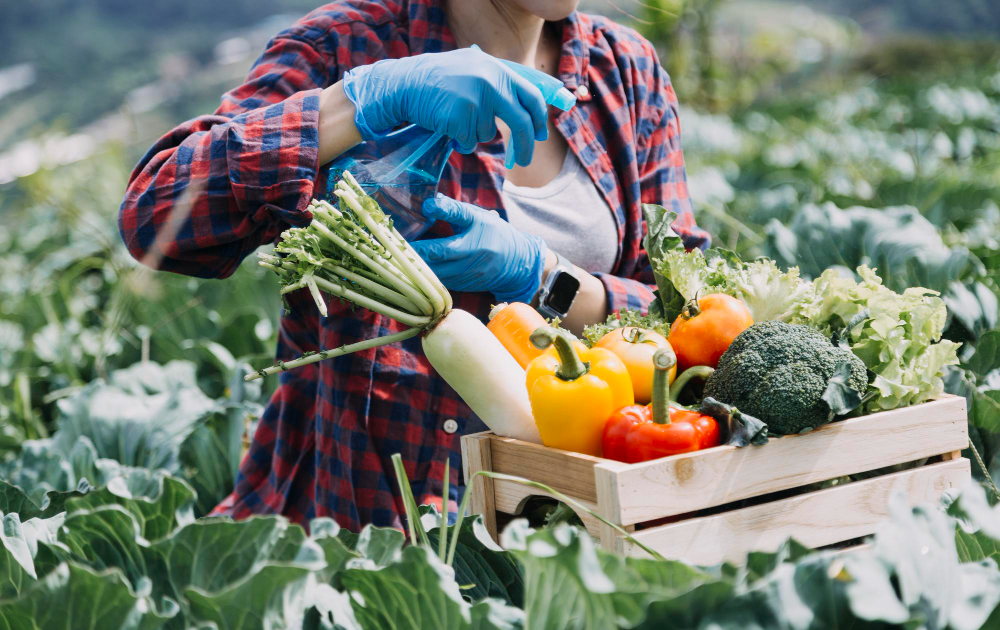
HS Code for Agricultural Products
Agricultural products is a broad term that encompasses items from agriculture, forestry, fisheries, and salt production. Due to the diversity of this category, identifying the appropriate HS code can be challenging. To obtain the most accurate information, businesses should check the HS code on the General Department of Customs' website.
Typically, most agricultural products fall under Part II – Food Products, which businesses can refer to for relevant HS codes.
Agricultural Export Tax
The applicable tax rate for each type of agricultural product is determined based on its HS code. However, given the broad nature of this category, there is no single tax rate applicable to all products. The specific tax rate varies depending on the particular product being exported.
Currently, the government encourages exports, particularly agricultural goods. Most products in this category benefit from a 0% export tax rate and 0% value-added tax (VAT). However, this only applies to certain products that meet all legal requirements.
Businesses can check the exact tax rates on the General Department of Customs' website.
Customs Documentation for Agricultural Exports
To facilitate smooth customs clearance, businesses must prepare a complete set of customs documents, including:
-
Sales Contract
-
Commercial Invoice
-
Packing List
-
Original Bill of Lading
-
Certificate of Origin (C/O)
-
Export License
-
Fumigation Certificate
-
Phytosanitary Certificate
-
Free Sale Certificate
-
Health Certificate for Food Products
-
Quantity and Quality Certificate
-
Radiation Certificate (if required)
Documents such as the sales contract, commercial invoice, bill of lading, and certificate of origin are mandatory. Other certificates may be required based on the regulations of the importing country and customer demands.
Agricultural Export Procedure
Step 1: Agricultural Product Quality Inspection
Before proceeding with export procedures, businesses must bring their products to certified inspection centers for quality assessment. If the products meet food safety standards, the inspection authority will issue a certificate, allowing them to proceed with customs clearance.
Step 2: Prepare Documentation
After completing the quality inspection and ensuring the products meet the standards, businesses must prepare the customs documentation outlined above.
Step 3: Submit Customs Declaration
The prepared documents must be submitted to customs for review, either directly at the customs office or through the VNACCS/VCIS system.
Step 4: Customs Clearance
Customs officers will review the documents. If everything is in order, the goods will be cleared for export.
Step 5: Shipping the Goods
The business will load the goods into pre-arranged containers and transport them to the export port. It is crucial to send the delivery invoice to the shipping company at least two days before the vessel’s departure to verify the information. Once the vessel has departed, the bill of lading must be confirmed to complete the export process.
Important Notes on Agricultural Export Procedures
As the export process is complex and involves multiple steps, businesses should consider the following key points to ensure smooth customs clearance:
-
Accurately determine the HS code for each agricultural product to correctly calculate the applicable export tax.
-
Research the target market thoroughly to ensure that the importing country permits agricultural imports from Vietnam. Understanding each country's specific regulations and standards will help businesses comply with export requirements.
-
Conduct quality inspections before export to avoid unexpected complications.
-
Pay attention to transportation methods. As maritime transport is commonly used, businesses should ensure proper packaging and preservation to prevent damage during long shipping periods.
-
If a business is new to exports and lacks experience, outsourcing export procedures to a third party may be the best solution. This minimizes risks and ensures that agricultural goods are successfully cleared through customs.

